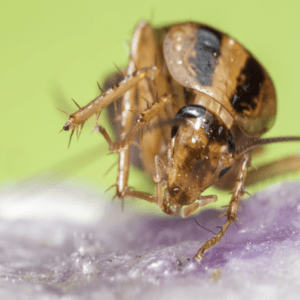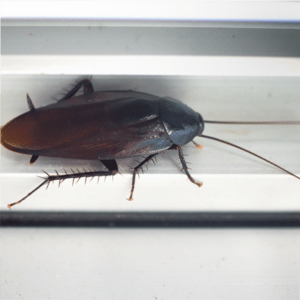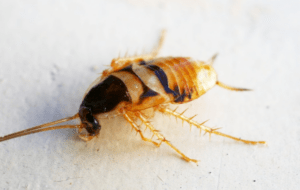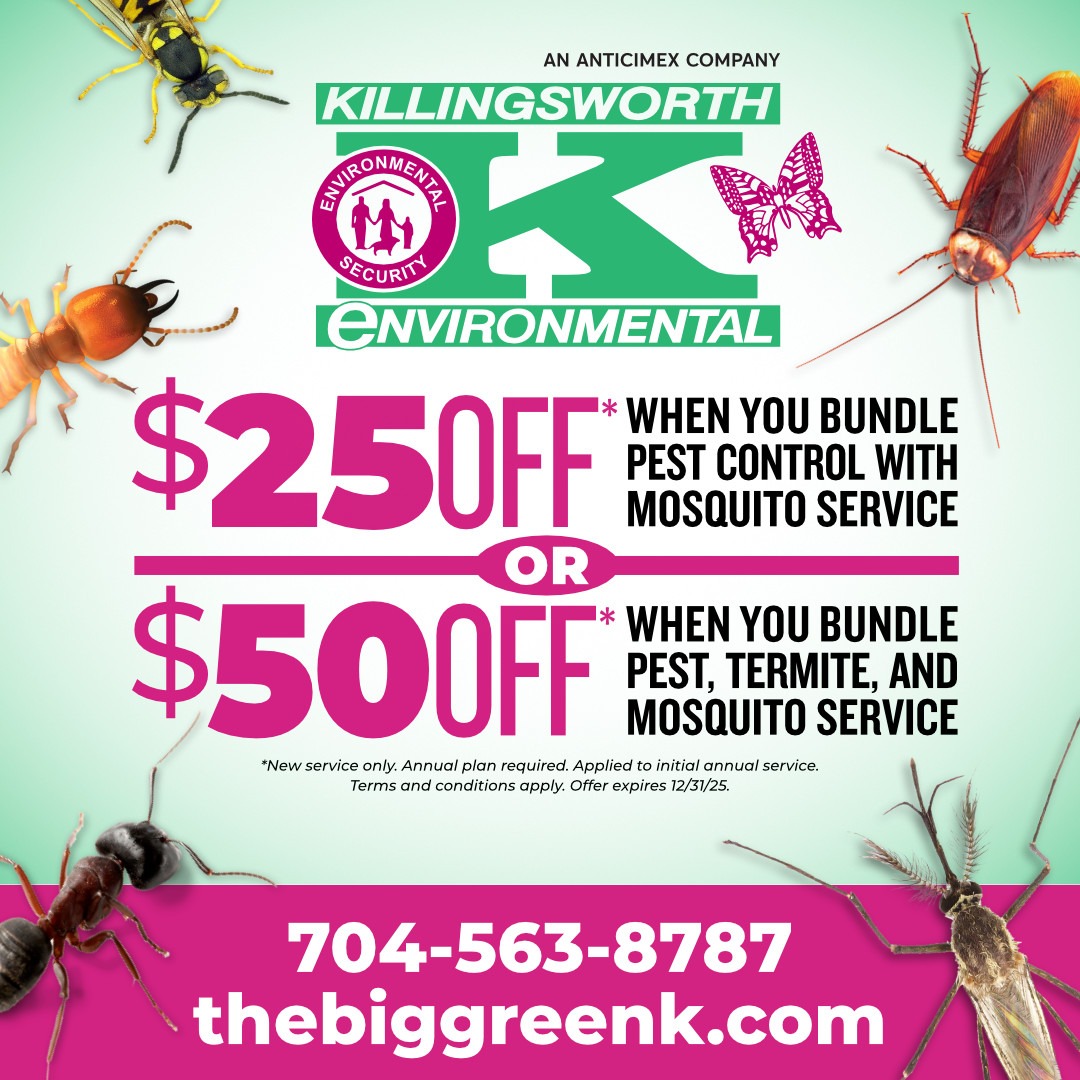A Guide to Cockroaches in the Charlotte Area and The Carolinas
If you spend time in the Charlotte area you have likely come across a cockroach or two.
As pests, many species of roaches thrive in almost all areas that humans inhabit and are especially fond of the climate in the Carolinas. Due to the high humidity and temperatures in the Charlotte area, several types of cockroaches are native to the area. Not to mention that they can get everything they need from our homes: food, shelter, and water.
Types of Roaches Found in the Charlotte Area and the Carolinas
Even though there are cockroach species all over the world, there are only a few that are common in Charlotte and tend to infest our homes.
Types of Roaches Found in the Charlotte Area and the Carolinas
Even though there are cockroach species all over the world, there are only a few that are common in Charlotte and tend to infest our homes.
American Cockroaches (Palmetto Bugs)

Palmetto bugs are believed to have originated from Africa, despite sounding like they should be local to the Americas.
American cockroaches typically range in color from reddish-brown to black, and have a distinctive yellow patch on the shield above the head. Adults may range between 1 1/4” to 2 1/8” (32-54 mm) in length. While they do have wings, the American cockroach rarely flies. However, if they begin from a high point (such as a tree), they can glide for a considerable distance.
The American cockroach enters our homes in search of food, water, and shelter. In addition to human and pet food, they consume cosmetics, beer, potted plants, wallpaper paste, soap, postage stamps, and fermenting fruit — and much more.
German Cockroaches

It is thought that German cockroaches originated in Asia, not in Germany. They closely resemble Asian Cockroaches, although the German species does not fly.
Adult German cockroaches in the Charlotte area grow to be 1/2 to 5/8 inches long and are light brown to tan, with two dark stripes on the shield behind the head. Females are often seen carrying a yellowish-brown egg capsule protruding from the end of their abdomen. Due to this adaptation, females can be harder to eliminate since they keep their young with them to avoid pesticides and predators.
German cockroaches are the Charlotte area’s most prolific cockroach species, producing three to six generations per year. They do not enter structures from the outdoors and are spread entirely by humans. In the United States, the German cockroach is a major pest in residences, restaurants, warehouses, and food-processing plants. As roaches mainly live in cracks and crevices, they are difficult to get rid of without the help of a professional roach exterminator.
Smoky-Brown Cockroaches

A smoky-brown cockroach is similar in size to a small palmetto bug or American cockroach. Maximum length is typically 1 3/4 inches. Smoky-browns can be distinguished from their American cockroach cousin by the lack of the yellow marking near the head. Unfortunately for us, these cockroaches are accomplished fliers and often use that method of locomotion to move quickly out of harm’s way.
Most cockroaches prefer high humidity, however smoky-brown roaches need high levels of humidity to survive. Their natural environment is in wooded areas that provide shade and moisture. Stacks of lumber and firewood, sewer-access openings, and trash piles can contribute to infestations.
Brown-Banded Cockroach

The brown-banded cockroach is the smallest species of cockroach found in the Charlotte area with an adult length of about half an inch. They are quite colorful versus other cockroaches you might encounter in the Carolinas, often with bright yellow bands on their brownish or tan bodies.
Although brown-banded cockroaches can fly, they are less likely to than other species. Brown-banded cockroaches are also nocturnal, which means they are the classic “flick on the light and watch them scatter” type of roach.
Brown-banded cockroaches differ from many other species of cockroaches in that they also do not look for high-humidity areas to live. They are typically found further away from water, such as attics or in higher parts of your shelving. For this species, extermination is a bit different than for other varieties.
How to Prevent a Roach Infestation
Follow these tips for roach prevention and roach eradication.
- Keep your home as clean as possible to reduce the amount of food available to roaches.
- Reduce clutter, so there are fewer places for roaches to hide and reproduce.
- Inspect packages, boxes, firewood, or potted plants for cockroaches before bringing them into your home.
- Store any leftover food, including pet food, in airtight containers, or the refrigerator
- Make sure that you clean up after any outdoor eating to limit food debris.
- Wash dishes and remove trash daily.
- Physically seal any crack to the outdoors to prevent pests entry.
- If you notice leaks, repair them quickly to prevent attracting or watering cockroaches.
- Cockroaches are attracted to white lights so replace outdoor bulbs with yellow or LED lights.
- Contact a licensed cockroach exterminator for regular applications.
Eradication of a cockroach infestation can be tricky. The service professionals at Killingsworth are experts when it comes to cockroach inspection and elimination.
Threats Posed by Cockroach Infestations
Not only do cockroaches cause a nuisance in your home but they can also pose serious health risks. Cockroaches pick up germs and viruses as they travel across a variety of surfaces, including sewage and trash. The spiny parts of their legs and bodies serve as effective vehicles for transporting pathogens to surfaces you touch or consume from, such as dishware and countertops.
The saliva, urine, and feces of cockroaches also trigger allergies in many people. They contaminate human food, clothing, paper goods, and surfaces with their feces and body parts.

